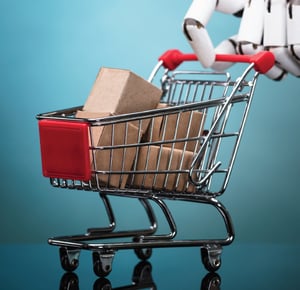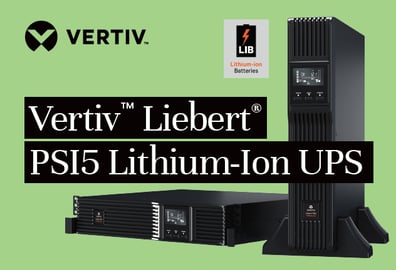Artificial intelligence is driving massive change for retailers, especially in-store.
The Covid-19 pandemic made 2020 an challenging year for many retailers. Local lockdowns forced the closure of retail stores, many of which have not reopened, and may never do so.
As we look forward to 2021 and beyond, firms must reassess how they approach both online and bricks and mortar. Many retailers look towards more investment in artificial intelligence to make shopping both online and in-store smarter.
Machine learning and AI were cited as the emerging technologies that would have the greatest impact in the industry over the next year, according to TotalRetail’s 2020 Retail Technology Report. Other AIenabled technologies, including automated checkouts, augmented reality, robots, and facial recognition also ranked as important.
Global retailer spending on AI will reach $7.3 billion annually by 2022, according to Juniper Research, up from $2 billion in 2018.
Whether it’s driving sales with recommendations and personalization, driving efficiency with robots or sensors, or offering new ways to shop and manage stores, AI is touching every part of the retail industry.
AI at the Edge of retail
Personalized recommendation engines have been a mainstay of shopping for years.
There’s a folk legend in data mining circles, which claims Target has such powerful data mining and analytics, it once recommended baby clothing to a girl before she knew she was pregnant. Sadly, it’s just a myth, dating from a hype-filled 2012 New York Times report.
But while big data and AI use cases for online shopping are still largely based in centralized data centers, a growing number of use cases are seeing retailers embrace Edge computing and AI, both at the Edge and in the cloud.
Fulfillment centers are increasingly being used to automate warehouses in order to speed up deliveries and optimize space, which can make supply chains and logistics more efficient. In-store, robots are being used to stack shelves and clean floors. Machine vision is being brought in to scan shelves and manage inventory, suggest fashion ideas to customers, and in the case of Amazon Go and other competitors, remove the need for cashiers and traditional checkouts. Robots, both in-store and in the warehouse, are becoming increasingly common, and sensors
are being used to monitor key equipment for potential failures ahead of time.
Starbucks is rolling out smart coffee machines that are using predictive maintenance as part of the wider Deep Brew AI initiative that CEO Kevin Johnson has called a “key differentiator” for the future. Uniqlo developed an automated personal shopper that uses neuroscience to gauge
customers’ reactions to different outfits in order to recommend different items to suit their moods and preferences. Kroger has sensors to constantly track the temperatures inside cold and frozen food cases, sending store associates digital notifications if there’s a mechanical breakdown or a door has been left ajar. From 2017 to 2020 Walmart used shelf-scanning robots to help manage stock levels.
While some of the data will be sent to the cloud or central locations, much of the important pre-processing will be done either on-site or at a nearby Edge site to reduce latency. And while many retailers aren’t jumping all-in to cloud for their main workloads, some will utilize the scale benefits of the cloud to train AI models, while many of their retail tech suppliers will be cloud-based to offset costs.
Click here to download Vertiv's Retail Supplement
With 50% lower total cost of ownership and fewer battery replacements than VRLA UPSs, this worry-free option is perfect for locations you don't touch very often.
Click here to learn more about VertivVertiv™ Liebert®PSI5 Lithium-Ion UPS
Upcoming Vertiv Webinars:
Lithium-Ion vs. Lead-Acid UPS Batteries
March 4th at 12:00pm EST
Why Retail IT Teams Should Get an Award for Making it through 2020
March 11th at 11:00am EST




.png?width=58&height=58&name=X_logo_2023_(white).png)
